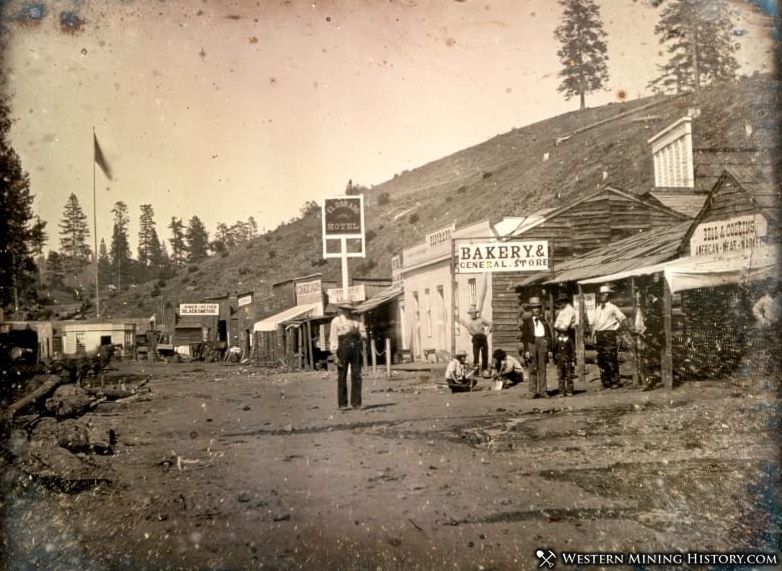Placerville History
A Sign in town gives a brief synopsis of Placerville's history:
Originally known as "Hangtown". Incorporated May 13, 1854.
Established on the banks of "Hangtown" Creek as rich mining camp in Spring of 1848. Millions in gold were taken from its ravines and hills. Supply center for surrounding mining camps and transportation terminus for the famous Comstock Lode.
John M Studebaker, Mark Hopkins, Leland Stanford, Philip Armour and Edwin Markham were among well known men who contributed to Placerville's early history. Also, "Snowshoe" John A. Thompson who carried from 60 to 80 pounds of mail on skis from Placerville over the Sierra to Carson Valley during Winter months.
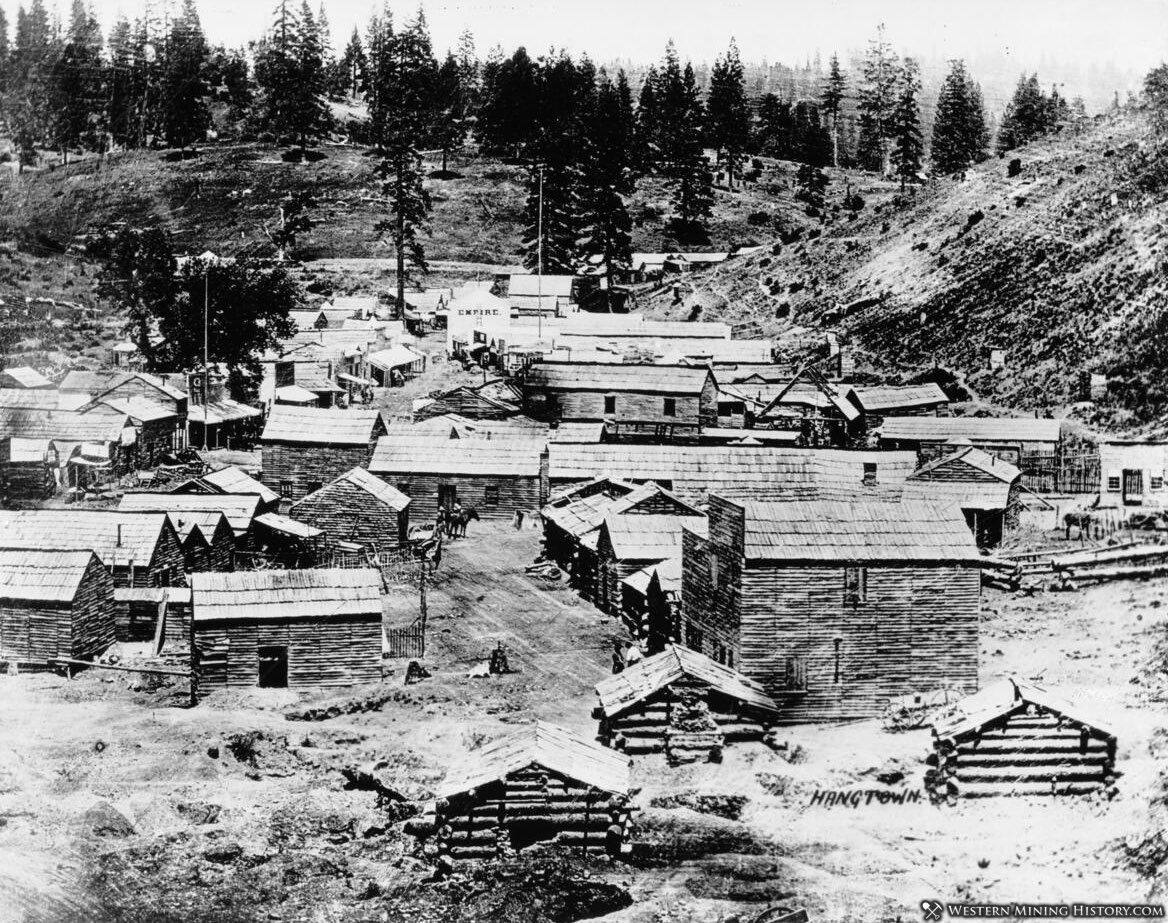
Old Dry Diggins to Hangtown to Placerville
Placerville was only ten miles from the January 1848 discovery of gold at Sutter’s Mill that started the California Gold Rush. Gold was discovered in a creek in Placerville later that year.
Placerville was called Old Dry Diggins back then, but soon took on a new name, Hangtown. Three men were convicted of robbing a local successful miner in his hotel room in 1849. When caught they were charged with another robbery and murder and sentenced to death by hanging. A large oak tree in Elstner’s Hay Yard on Main Street was chosen for the triple hanging.
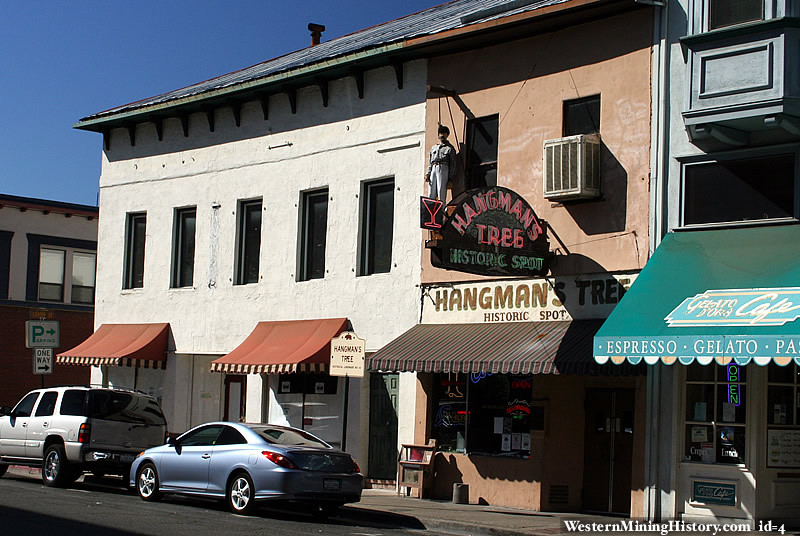
The oak tree was cut down and the stump was covered by a new building in 1853. The building, at 305 Main Street with the stump in the basement, housed a saloon after 1895. The legend lives on in a street sign on the building with a dummy (nicknamed George) hanging at the end of a noose.
The structure was one of the first California local points of interest, designated in 1934. It was restored by new private owners who bought the building in 2009 and now houses The Hangman’s Tree Ice Cream Saloon.
The town became a supply center for the nearby mining camps. The Methodist Episcopal Church was built of brick in 1851 and still stands, making it the oldest continuously used church building in El Dorado County.
Perhaps seeking a new image for the town, it was officially rechristened Placerville in 1854, although the creek snaking along Main Street is still Hangtown Creek. Newspaper notices for the stage coach running through town used the name Placerville by 1852.
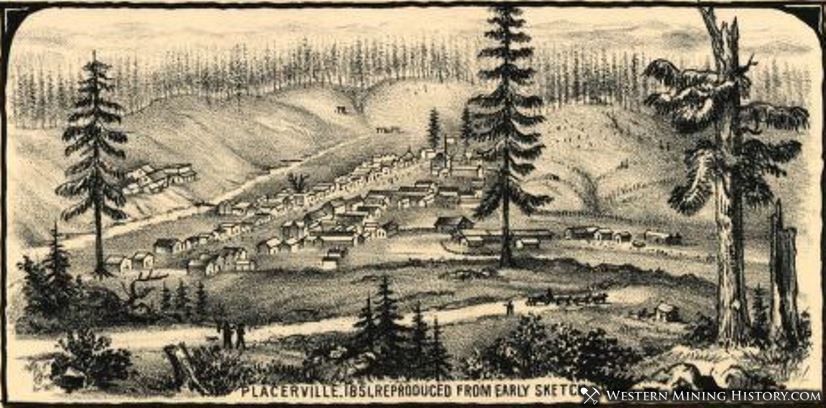
A huge fire burned down the theater and fifteen other buildings in Placerville early in 1854. A year later, the general store of L. & A. Seligman opened in a new, fireproof building on Main Street. The store offered a stock of fancy and staple dry goods, including the latest style of bonnets, direct from New York.
Placerville was the scene of another terrible fire that nearly destroyed the town in 1856, causing a million dollars in damages. A defective stove pipe in the Union Hotel might have started that fire.
Placerville became the county seat for El Dorado County in 1857. A stage coach line that crossed the Sierra Nevada Mountains was established that same year. By the late 1850s, gold mines near Placerville were not as profitable as in the boom years.
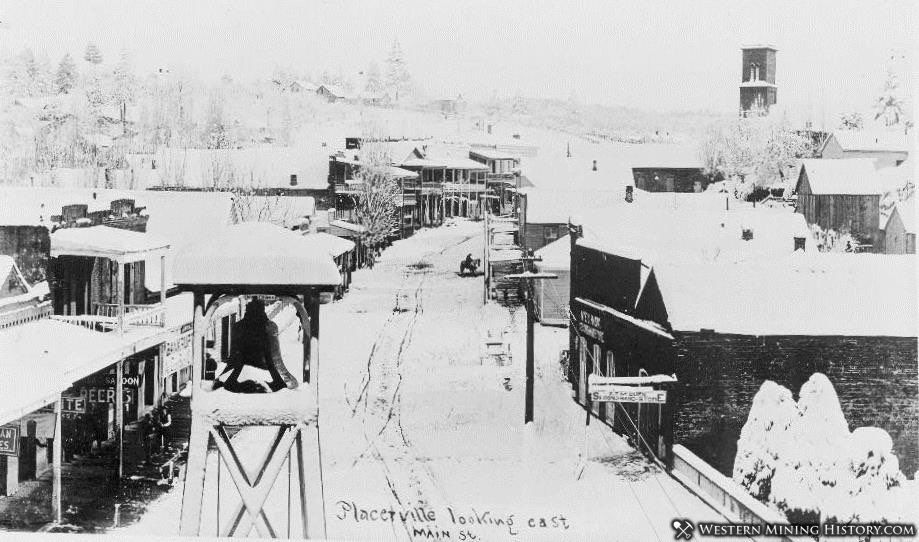
In 1859 silver was discovered in Nevada at what would become known as the Comstock Lode. Suddenly, the flow of fortune-seekers turned eastward from California. Many of the hopeful miners passed through Placerville on their way to the Comstock strikes in Nevada. Much of the silver traveled back west over the mountains and through Placerville on its way to Sacramento or San Francisco.
Placerville was one of the relay stations for the Central Overland Pony Express in the early 1860s along the Placerville-Carson trail to Nevada. The Pony Express carried mail from Missouri to California but service was abandoned once telegraph lines became available.
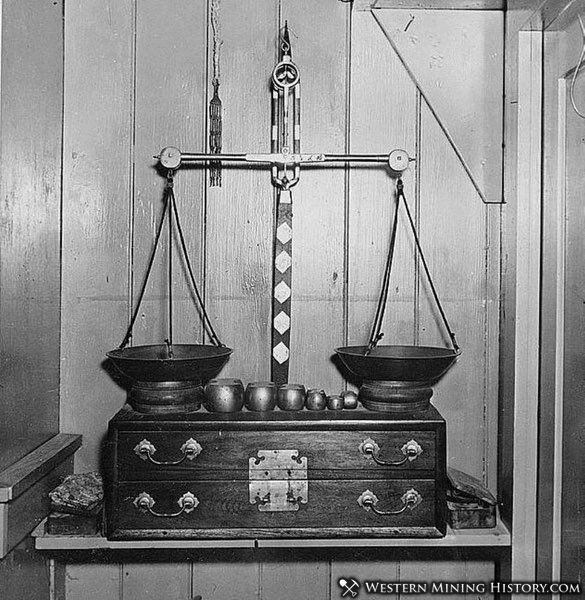
Queen of the Mountains
Almost 2,000 folks lived in Placerville in the 1880s; the town offered three newspapers and four churches. Sacramento and Placerville were finally connected by a new railroad line in March 1888, bringing a major boost to the region’s fruit and vegetable growers.
A massive celebration took place after the first trainload of VIPs arrived from the state capitol, including the state governor, the mayor of Sacramento, and a marching band. The entire population met the train at the still unfinished station, firing cannons, ringing bells, and cheering. One speaker at the ceremonies called the day the union of the “King of the Valley” (Sacramento) with the “Queen of the Mountains” (Placerville).
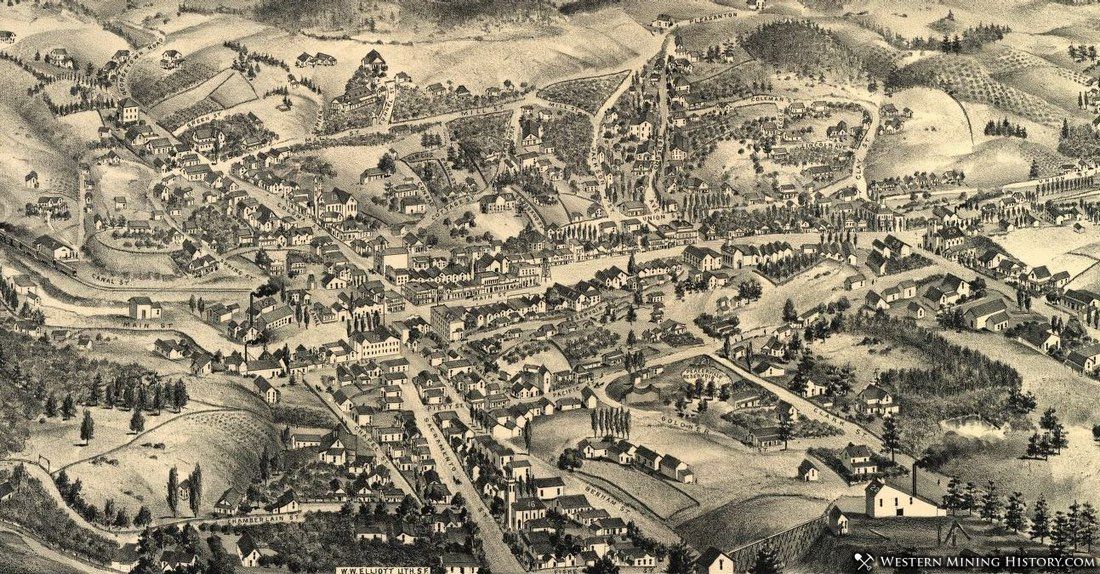
Fire struck downtown Placerville again in July 1891; many businesses and one residence were burned to the ground. The fire started in an iron workshop in the rear of a hardware store complex.
Golden Again
Rights to a number of local mines - some that had been idle for years - were bought out in February 1889 by a British company. Placerville was said to be bustling with new activity, and was certain of a future of prosperity.
Gold was being found all around town after a torrential downpour caused erosion in January 1896. People were successfully panning for fine and coarse gold in the gravel from wagon ruts in roads and road ditches. “All outgoing roads in every direction” were lined with people as excitement ran high, reminding old timers of the gold rush era.
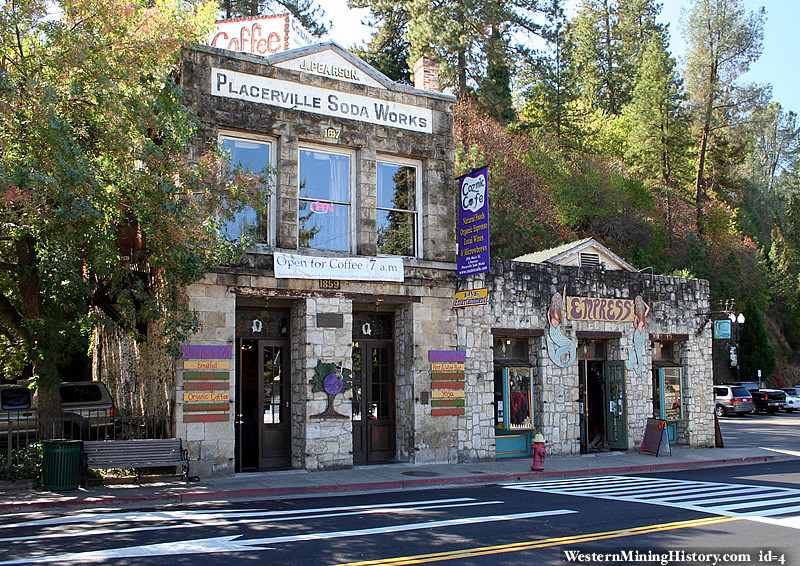
A rich vein of gold was discovered within the town in 1911. The ore from “the gold bearing ledge” on the Stevens property assayed at 50 dollars per ton.
Home of the Hangtown Fry and Gold Bug Mine
Legend has it that a miner struck gold nearby in 1849 and headed into Hangtown. He requested a meal at the El Dorado Hotel of the most expensive items they offered to celebrate his new status as a rich man. The cook fried up an omelet dish combining all three costly ingredients: oysters, bacon, and eggs. The “Hangtown Fry” was born, and continues to be a menu item on the West Coast.
John M. Studebaker spent a few years working in Hangtown in the early gold rush years. His job was to repair wagon wheels and build wheelbarrows for miners. “Wheelbarrow Johnny” moved back to Indiana in 1852 and used his savings to start the Studebaker Wagon Corporation.
It wasn’t until later in life that he began making the automobiles that carried his name. His legacy is honored in Placerville each year at the county fair, where the local Kiwanis Club sponsors the Studebaker Wheelbarrow Races; competitors navigate a muddy obstacle course with a vintage wheelbarrow, mining pan, and sack of ore.
The Vulture Mine started in 1888 along Big Canyon Creek; it was renamed Gold Bug Mine in 1926. The mine was worked off and on until the 1950s when the property was returned to the Bureau of Land Management. The land has since become a city park, offering gold mine tours, outdoor exhibits of restored mining equipment, a working blacksmith shop, and gold and gem panning activities.
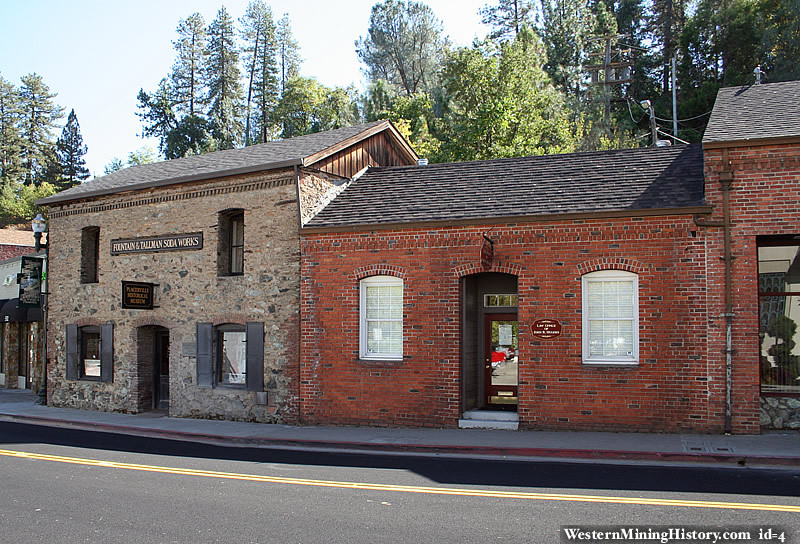
The Fountain & Tallman Soda Works bottled carbonated spring water for drinking, once the local streams became too polluted from mining waste to drink. The former soda works building has become the Fountain & Tallman Museum. The oldest building on Main Street, the stone structure was built in 1852.
It All Started With The Gold Rush
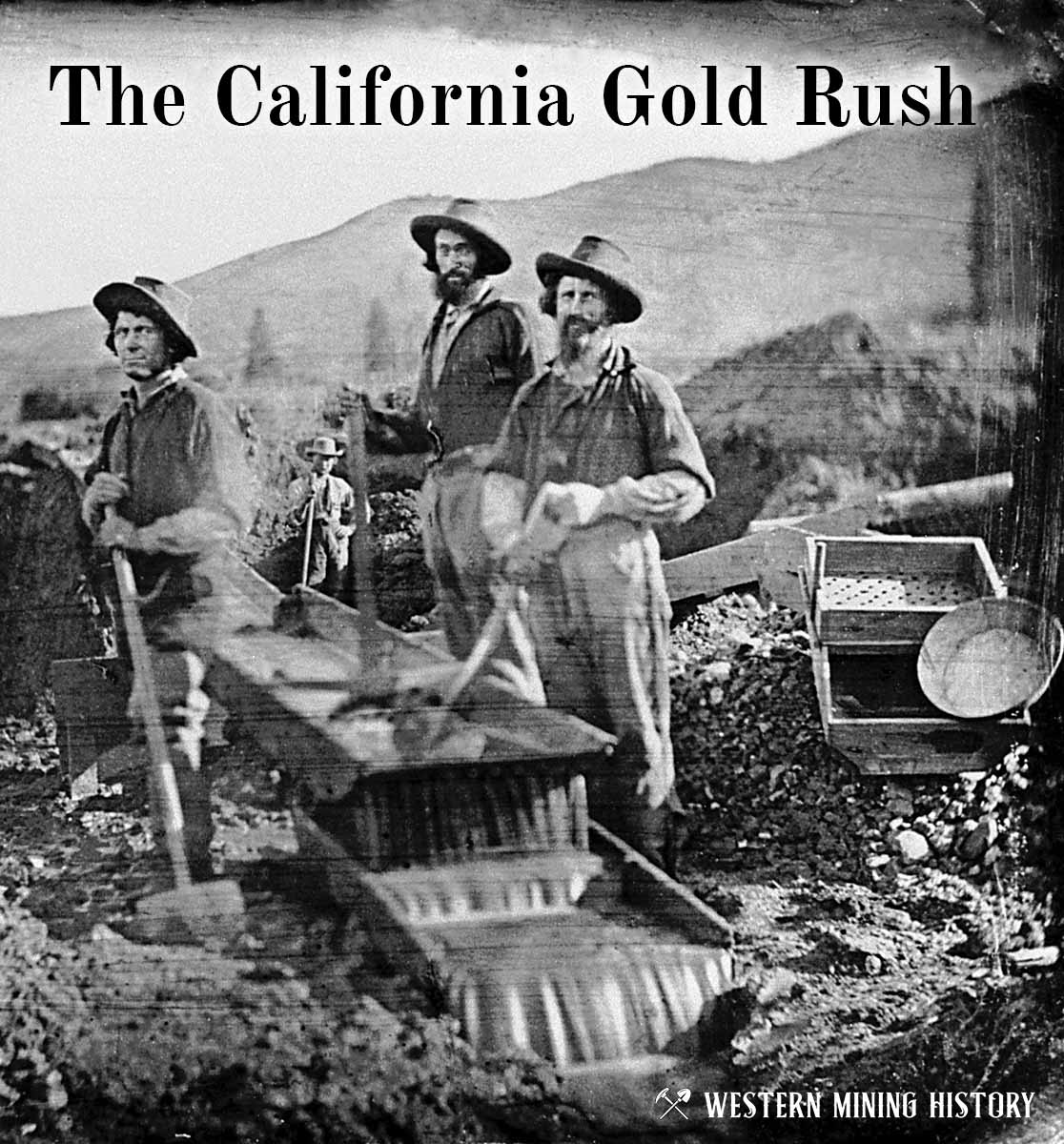
The great California Gold Rush kicked off the entire saga of western mining. Read about it at The California Gold Rush.
California Gold

"Where to Find Gold in California" looks at the density of modern placer mining claims along with historical gold mining locations and mining district descriptions to determine areas of high gold discovery potential in California. Read more: Where to Find Gold in California.
